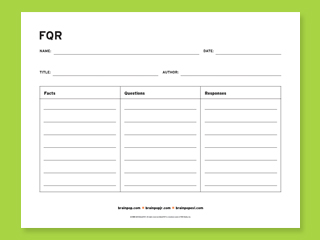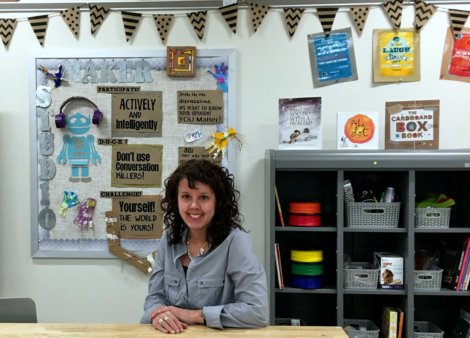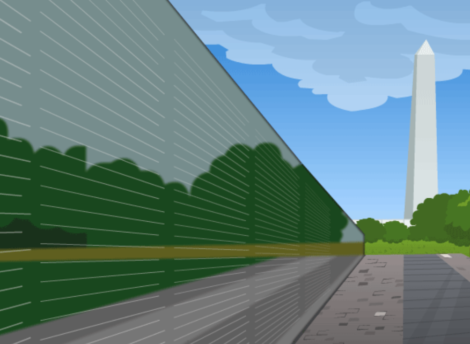BrainPOP + Graphic Organizer = Enthusiastic Students!
Posted by allisyn on
BrainPOP Educator, Julianne Ross, shares her recent experience integrating BrainPOP into a cross-curricular Social Studies lesson with her 3rd grade students.
The school’s social studies unit, Location of World Communities, included the essential question “How does where we live affect how we live?”and the essential skill, “To identify the geographic features and bodies of water that are common to all regions of the Earth.” The purpose of this lesson was to introduce students to this essential skill. I chose to use BrainPOP and an FQR. An FQR is a graphic organizer designed to help students collect data, question their findings and give feedback on their learning.
To activate prior knowledge, I tossed a giant pink Koosh ball to students who wanted to share what they already knew about the Earth’s geography. One student said that there are four oceans, to which I replied, “ Great, I have something I just learned through BrainPOP to share with you.”Next we viewed the BrainPOP Oceans segment. Before viewing, I asked students to watch carefully so they would be able to retain at least one fact from the segment that we would discuss afterwards.Some of what I enjoy about BrainPOP is the ability to show segments with closed captions (great for visual learners and hearing impaired) andto pause anytime during the video, which I did just as Tim started to explain how it wasn’t until the year 2000 that scientists labeled the Southern Ocean as the Earth’s fifth major body of water. I told the class, “See, this is what I just learned.”
With one fact gathered, I did Shared Writing on the class’ Promethean Board to model filling in an FQR sheet. Students worked in small groups using an assortment of leveled texts and maps to collect data. As I walked around from group to group handing out the books and maps, several students asked if they could also use the information they learned from BrainPOP. To which I replied, “of course!”
Having told them I would do so, I videotaped students in their groups discussing what they learned as they explored the resources. Students couldn’t stop sharing; they spontaneously listed new questions they had regarding to the origins of oceans, ocean life, and what will happen in the future. Students charted their responses to the data they collected: “Wow, I didn’t know about the Southern Ocean,” “I can’t wait to learn more,” and “Beep.”
Lastly, we shared what we learned as we all sat on the class rug and watched our digital story unfold, group by group. Students were asked to share something new they learned as their “passport” to line up for lunch.
Interested in more? I welcome you to view my lesson plan.















